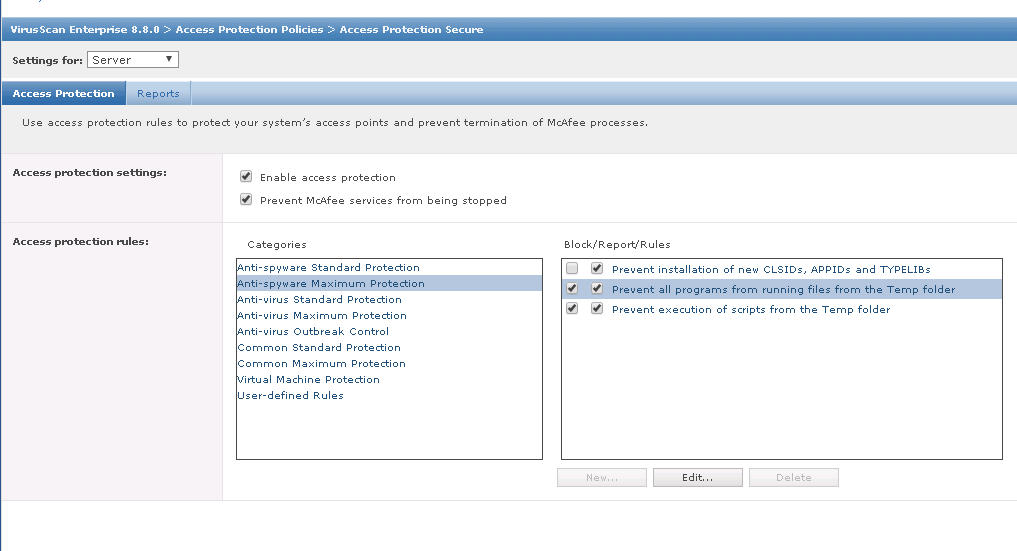There is little documentation out there showing how to successfully create a new Parse user using PHP – Facebook login method. Here is the steps that worked for me:
- Add Facebook PHP-SDK in your web app
- Add Facebook SDK for JavaScript. Include the Facebook login button.
- Initialize a Facebook session. (Facebook App ID and App Secret). In your php code it should look like this:
$fb = new Facebook([ 'app_id' =>'YOUr APP ID', 'app_secret' =>'YOUR APP SECRET', 'default_graph_version' => 'v2.5', ]);
- Authenticate user with Facebook (clicking the javascript login button). Follow the facebook Javascript login button guide here:
Once the users authenticates via the login button. We will use the php javascript helper to retrieve the values to php.
$helper = $fb->getJavaScriptHelper();
$oAuth2Client = $fb->getOAuth2Client();
try {
$accessToken = $helper->getAccessToken(); //getting short lived token
$token = $accessToken;
} catch(Facebook\Exceptions\FacebookResponseException $e) {
// When Graph returns an error
echo 'Graph returned an error: ' . $e->getMessage();
} catch(Facebook\Exceptions\FacebookSDKException $e) {
// When validation fails or other local issues
echo 'Facebook SDK returned an error: ' . $e->getMessage();
}
- Get the user’s Facebook ID.
Once we have the token. We can get the long lived token and use that to retrieve the users Facebook values:
<strong></strong>
$longLivedAccessToken = $oAuth2Client->getLongLivedAccessToken($token);
$longToken = $longLivedAccessToken->getValue();
$fb->setDefaultAccessToken($longLivedAccessToken);
$response = $fb->get('/me?fields=id, email'); //retrieving users id and email
$user = $response->getGraphUser();
$id = $user['id'];
$email = $user['email'];
- Authenticate the user with Parse with ID and access code.
ParseUser::logInWithFacebook($id, $longToken);
Here is the full php and js code. You’ll have to refresh the page a few times to show the user is created and logged in.
<?php
use Facebook\Facebook as Facebook;
use Parse\ParseUser;
use Parse\ParseClient;
?>
<!DOCTYPE html>
<html>
<head>
<title>TEST PHP</title>
<link href="https://fonts.googleapis.com/css?family=Lato:100" rel="stylesheet" type="text/css">
<style>
html, body {
height: 100%;
}
body {
margin: 0;
padding: 0;
width: 100%;
display: table;
font-weight: 100;
font-family: 'Lato';
}
.container {
text-align: center;
display: table-cell;
vertical-align: middle;
}
.content {
text-align: center;
display: inline-block;
}
.title {
font-size: 96px;
}
</style>
</head>
<body>
<div id="fb-root"></div>
<div id="fb-root"></div>
<script>
function statusChangeCallback(response) {
console.log('statusChangeCallback');
console.log(response);
// The response object is returned with a status field that lets the
// app know the current login status of the person.
// Full docs on the response object can be found in the documentation
// for FB.getLoginStatus().
if (response.status === 'connected') {
// Logged into your app and Facebook.
testAPI();
} else if (response.status === 'not_authorized') {
// The person is logged into Facebook, but not your app.
document.getElementById('status').innerHTML = 'Please log ' +
'into this app.';
} else {
// The person is not logged into Facebook, so we're not sure if
// they are logged into this app or not.
document.getElementById('status').innerHTML = 'Please log ' +
'into Facebook.';
}
}
// This function is called when someone finishes with the Login
// Button. See the onlogin handler attached to it in the sample
// code below.
function checkLoginState() {
FB.getLoginStatus(function(response) {
statusChangeCallback(response);
});
}
window.fbAsyncInit = function() {
FB.init({
appId : 'YOUR APP ID',
cookie : true, // enable cookies to allow the server to access
// the session
xfbml : true, // parse social plugins on this page
version : 'v2.5' // use graph api version 2.5
});
// Now that we've initialized the JavaScript SDK, we call
// FB.getLoginStatus(). This function gets the state of the
// person visiting this page and can return one of three states to
// the callback you provide. They can be:
//
// 1. Logged into your app ('connected')
// 2. Logged into Facebook, but not your app ('not_authorized')
// 3. Not logged into Facebook and can't tell if they are logged into
// your app or not.
//
// These three cases are handled in the callback function.
FB.getLoginStatus(function(response) {
statusChangeCallback(response);
});
};
(function(d, s, id) {
var js, fjs = d.getElementsByTagName(s)[0];
if (d.getElementById(id)) return;
js = d.createElement(s); js.id = id;
js.src = "//connect.facebook.net/en_US/sdk.js#xfbml=1&version=v2.6&appId=YOURAPPID";
fjs.parentNode.insertBefore(js, fjs);
}
(document, 'script', 'facebook-jssdk'));
</script>
<div class="container">
<div class="content">
<div class="title">TESTING</div>
<?php
//testing login
$fb = new Facebook([
'app_id' => 'YOUR APP ID',
'app_secret' => 'YOUR APP SECRET',
'default_graph_version' => 'v2.5',
]);
//first check parse
$currentUser = ParseUser::getCurrentUser();
if($currentUser){
echo 'user is logged in, logging out';
//ParseUser::logOut();
}
else{
$helper = $fb->getJavaScriptHelper();
$oAuth2Client = $fb->getOAuth2Client();
try {
$accessToken = $helper->getAccessToken(); //getting short lived token
$token = $accessToken;
} catch(Facebook\Exceptions\FacebookResponseException $e) {
// When Graph returns an error
echo 'Graph returned an error: ' . $e->getMessage();
} catch(Facebook\Exceptions\FacebookSDKException $e) {
// When validation fails or other local issues
echo 'Facebook SDK returned an error: ' . $e->getMessage();
}
if (! isset($accessToken)) {
echo 'No cookie set or no OAuth data could be obtained from cookie.';
}else{
// Logged in
echo '<h3>Access Token</h3>';
$longLivedAccessToken = $oAuth2Client->getLongLivedAccessToken($token);
$longToken = $longLivedAccessToken->getValue();
$fb->setDefaultAccessToken($longLivedAccessToken);
$response = $fb->get('/me?fields=id, email');
$user = $response->getGraphUser();
$id = $user['id'];
$email = $user['email'];
ParseUser::logInWithFacebook($id, $longToken); //works
}
}
?>
<fb:login-button scope="public_profile,email" onlogin="checkLoginState();"></fb:login-button>
<div id="status"> <?php //dispayis please login to facebook message if not logged in ?>
</div>
</div>
</body>
</html>





